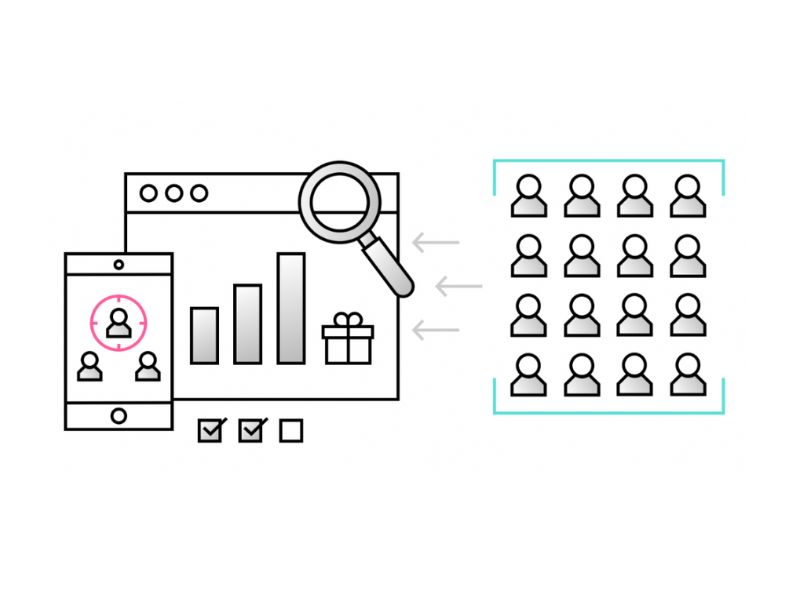In the realm of product development, user research is the cornerstone of creating solutions that truly resonate with your target audience. It’s a process that involves gathering insights, understanding user needs, and identifying pain points to craft products that not only meet expectations but exceed them.
The importance of user research
User research is not just a mere formality; it’s a strategic investment that can save you from costly mistakes and ensure your product’s success. By understanding your users’ motivations, behaviors, and preferences, you can:
- Avoid False Assumptions: Relying on assumptions about your users can lead to products that miss the mark. User research helps you validate or challenge these assumptions, ensuring your product aligns with real-world needs.
- Create User-Centric Solutions: By empathizing with your users, you can design products that address their specific challenges and provide meaningful value.
- Gain Competitive Advantage: Understanding your users’ pain points gives you an edge over competitors. You can develop solutions that address those pain points more effectively, positioning your product as the preferred choice.

The user research process
Conducting user research is a systematic process that involves several key steps:
- Define Your Research Objectives: Clearly outline what you want to achieve through your research. This will help you focus your efforts and choose appropriate methods.
- Select Research Methods: There are various research methods available, each with its strengths and limitations. Choose methods that align with your research objectives and budget.
- Find and Recruit Participants: Identify your target audience and recruit participants who represent that group. Ensure you have a sufficient sample size to draw meaningful conclusions.
- Conduct the Research: Execute your chosen research methods, gathering data and insights from your participants.
- Analyze the Data: Analyze the collected data to identify patterns, trends, and key findings.
- Create User Personas: Based on your research findings, create user personas that represent your ideal users. These personas will guide your product development process.

Popular research methods
Several research methods can be used to gather valuable insights about your users:
- Interviews: One-on-one conversations with users allow you to explore their thoughts, feelings, and experiences in depth.
- Surveys: Surveys are a quick and efficient way to collect quantitative data from a large number of participants.
- Focus Groups: Focus groups bring together a group of users to discuss a specific topic, generating rich insights through interaction.
- Competitive Analysis: Analyzing your competitors’ products and strategies can help you identify gaps in the market and understand user expectations.
- Field Studies: Observing users in their natural environment provides valuable context and insights into their behavior.

Tips for effective user research
To ensure your user research yields meaningful results, consider the following tips:
- Prepare Questions: Craft clear and concise questions that elicit relevant information from participants.
- Keep Surveys Brief: Avoid lengthy surveys that may discourage participants from completing them.
- Use Experienced Moderators: For focus groups, hire experienced moderators who can guide discussions and keep participants engaged.
- Be Objective: Avoid interpreting data based on your own biases. Let the data speak for itself.
- Act on Insights: Use the insights gained from your research to inform your product development decisions.
Conclusion
User research is an essential component of successful product development. By understanding your users’ needs and pain points, you can create products that truly resonate with them. Embrace user research as a continuous process, regularly gathering insights to ensure your products remain relevant and aligned with evolving user expectations.
References
This article has been edited from Design_Strategy with title How to conduct user research: A step-by-step guide by author Kavcic, R.






